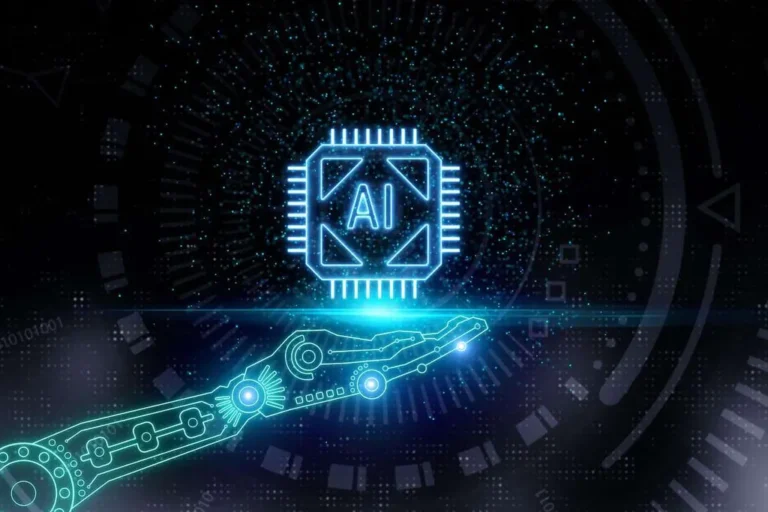By monitoring consumer and system behaviour, AI detects deviations from normal patterns that might indicate insider threats or compromised accounts. While the way forward for GitOps appears promising, there are several challenges and concerns that organizations must tackle to make sure profitable adoption. Transferring to a GitOps mannequin involves adopting a declarative strategy to infrastructure and software administration, which may be unfamiliar to those who are accustomed to more traditional DevOps practices. Organizations would need to invest in coaching and training to assist groups make this transition successfully.
The growing curiosity in GitOps stems from its potential to streamline software supply pipelines, cut back human error and enhance security via version control and audit trails. A recent survey by the Cloud Native Computing Basis (CNCF) discovered that 78% of respondents have been either utilizing or planning to adopt GitOps inside the next two years. GitOps is an rising paradigm that simplifies and accelerates the method of managing infrastructure and deployments utilizing Git as the single source of fact. This practice is gaining traction in 2025 because of its capacity to streamline workflows and improve collaboration between development and operations teams.

CI/CD pipelines will be optimized for deploying serverless features, using tools like AWS SAM, Serverless Framework, or Azure Functions https://www.globalcloudteam.com/ Core Tools. Teams will adopt cost-monitoring tools to make sure optimal resource utilization and stop overuse, integrating cost-analysis metrics into their workflows. Occasion streams, message queues, and triggers (e.g., AWS EventBridge, Kafka, or Azure Event Grid) will become central to DevOps pipelines, simplifying advanced workflows.
Superior platforms leverage AI to auto-remediate infrastructure or application issues – for instance, restarting failed providers or scaling sources – without ready for human intervention. Serverless computing and microservices are at the forefront of those modifications, enabling organizations to optimize resource utilization, improve scalability, and accelerate innovation. Security is turning into a shared duty all through the event lifecycle. By embedding security checks at each stage, teams can catch vulnerabilities early and scale back handbook effort via automated scanning and compliance monitoring. They’re adopting multi-cloud and hybrid-cloud fashions that prioritize availability, cost-efficiency, and governance. In 2025, DevSecOps practices be certain that safety is integrated from day one—shifting left in the development lifecycle and lowering risks at scale.
- Microservices structure permits constructing purposes as a collection of loosely coupled, independently deployable providers.
- “Organizations might need to effectively handle data entry across their distributed environments while minimizing data movement and duplication.
- Safety is a crucial concern in any DevOps setting, and GitOps offers several advantages that align with DevOps safety greatest practices.
- As serverless computing turns into more mainstream, it’s going to additional cut back the operational overhead for DevOps teams.
- AI models analyze logs and metrics to identify warning indicators and notify teams of potential failures, enabling a proactive strategy to problem-solving.
Developing an enterprise-ready software that’s based on machine learning requires a number of types of builders. Krishna Subramanian, Co-founder and COO of Komprise, provides that unstructured knowledge governance processes will mature. “Protecting corporate information from leakage and misuse while stopping undesirable, faulty outcomes of AI might be top priorities. Automated workflows for data classification and orchestration will turn out to be crucial to managing data efficiently at scale,” Subramian explains. Microservices architecture allows building purposes as a set of loosely coupled, independently deployable services.
Advances in generative AI, Cloud Development Environments (CDEs), and Inner Developer Portals (IDPs) will streamline onboarding processes, enabling outsourced staff to contribute from day one. Security is a crucial concern in any DevOps setting, and GitOps provides several advantages that align with DevOps security greatest practices. One of the primary safety benefits of GitOps is using Git because the central repository for all configuration and deployment files. This approach ensures that each one adjustments are tracked, audited and version-controlled, providing a clear historical past of who made adjustments, when they were made and why.
Infrastructure As Code
As a version management software, Git can do and undo any change on both code and infrastructure. From covert malware in AI models to compliance challenges in HR applications, 2025 will highlight the need for thoughtful oversight and strong knowledge governance. For these trying to delve deeper into these matters, contemplate exploring assets on AI in DevOps, DevSecOps greatest practices, serverless architecture AI in automotive industry implementations, and strategies for enhancing developer expertise. By staying informed and adaptable, you will be well-equipped to navigate the future of DevOps. Empowering groups to make decisions independently encourages possession and fosters a tradition of innovation. At the same time, facilitating collaboration and data sharing ensures teams can study from one another and work in the direction of widespread goals.

Gluware 56 Advancing Network Automation With Speed And Efficiency

At Prevaj, we work with organizations to implement future-ready DevOps methods by integrating fashionable tools and frameworks into flexible, high-performing workflows. Discover the key qualities and abilities to look for in a fintech software program developer when constructing scalable, secure, and environment friendly financial solutions for your small business. Discover how academic technology tools rework studying experiences, enhance devops predictions outcomes, and supply a powerful ROI. However taken collectively, this listing of predictions offers a well timed and detailed snapshot of what the IT business and the DevOps market are serious about, planning, expecting and hoping for 2025. Federico added that purpose-built AI solutions tailor-made for specific industries or use cases will doubtless show superior efficiency in comparison with general-purpose AI platforms.
It facilitates correlation between consumer expertise and system performance and supports business influence evaluation of technical points. Serverless platforms like AWS Lambda, Azure Capabilities, and Google Cloud Functions enable teams to focus on utility logic whereas the platform mechanically scales to fulfill demand. Flux implements the core ideas of GitOps by constantly observing the state defined in a Git repository and ensuring that the actual state of the Kubernetes cluster matches it.
Lens by Mirantis announced the availability of Lens Prism, a fully-integrated, production-grade artificial intelligence (AI) assistant embedded instantly inside the Lens integrated development setting (IDE). As organisations scale their DevOps practices, ensuring consistency in automation throughout giant, distributed teams becomes tough. Uncover the most effective apps for travel brokers and study when to build a customized booking app to scale your small business, enhance efficiency, and ship standout experiences.
Safety issues which may have gone undetected until a ultimate audit at the moment are caught by these tools in real-time. The rapid developments in AI and DevOps are reshaping how businesses function, develop software program, and manage information. 2025 is set to convey new developments and challenges that can define the future of IT and improvement practices. 2025 shall be defined by advancements in AI, DevOps practices, and information administration options. Organizations that embrace innovation while addressing safety and expertise challenges will set themselves apart as leaders in an ever-evolving digital world.
0 komentarzy